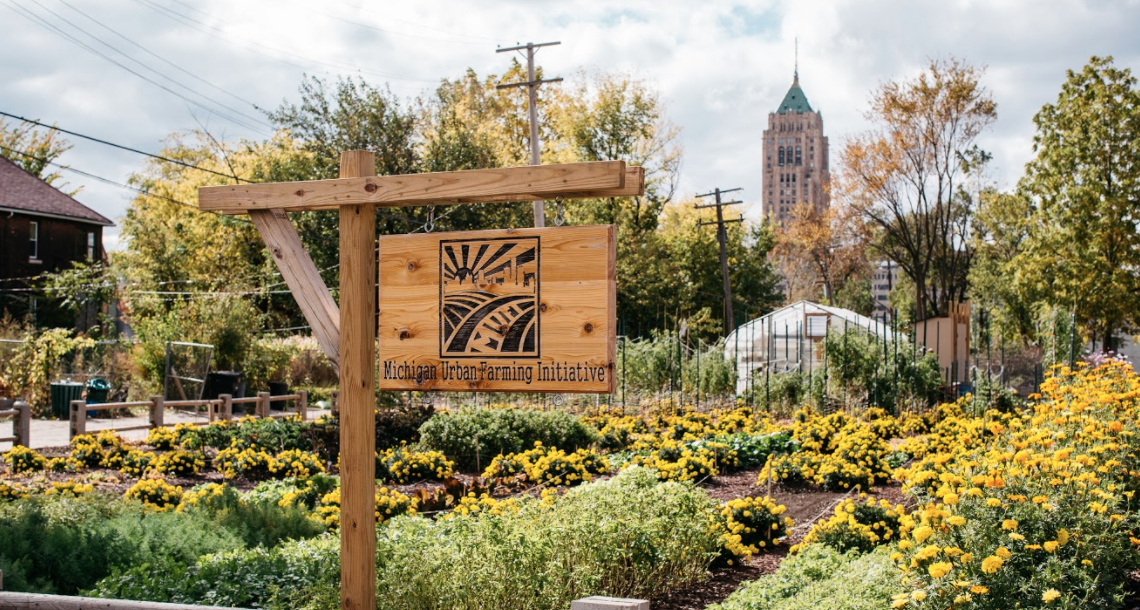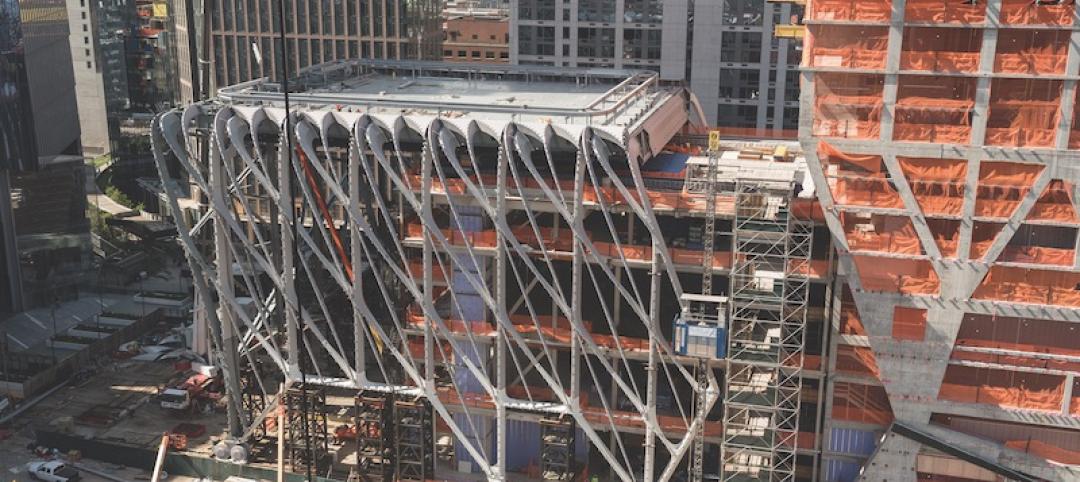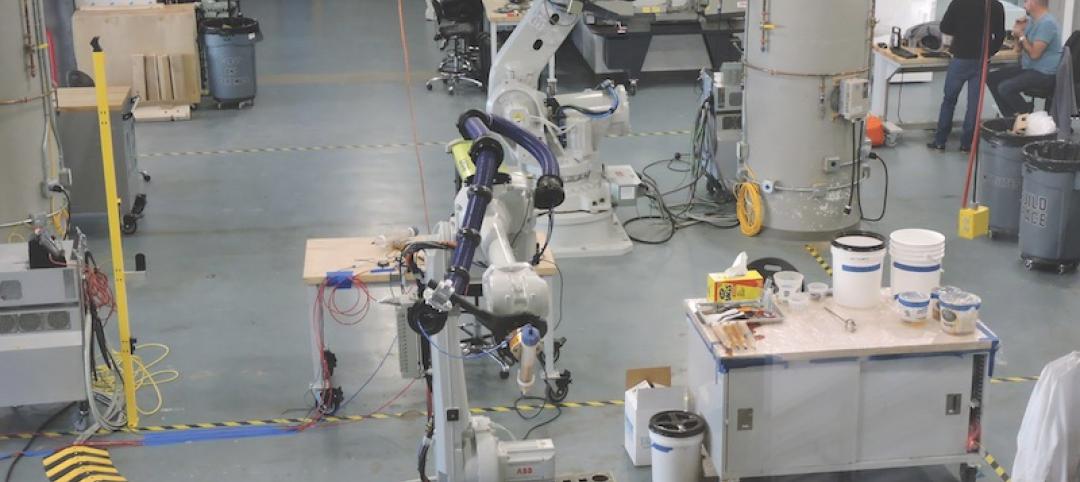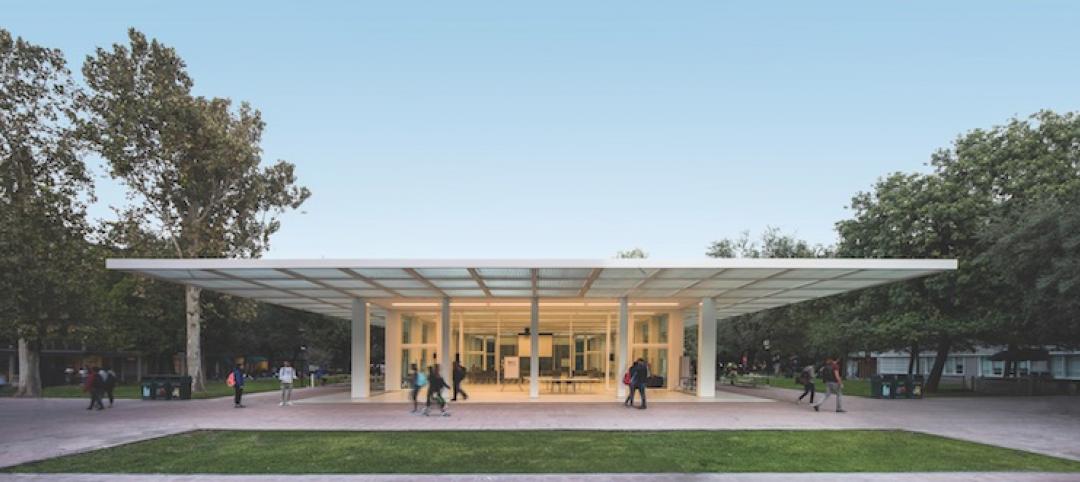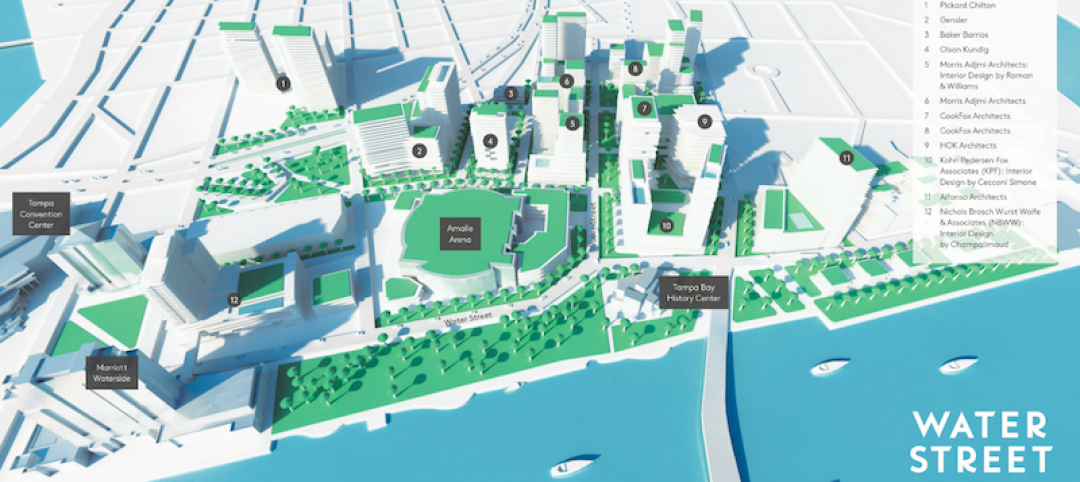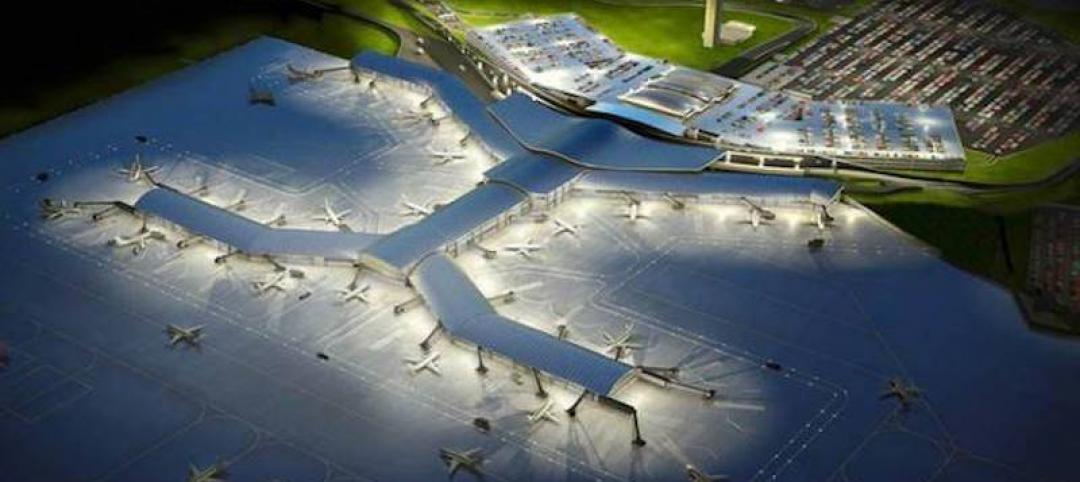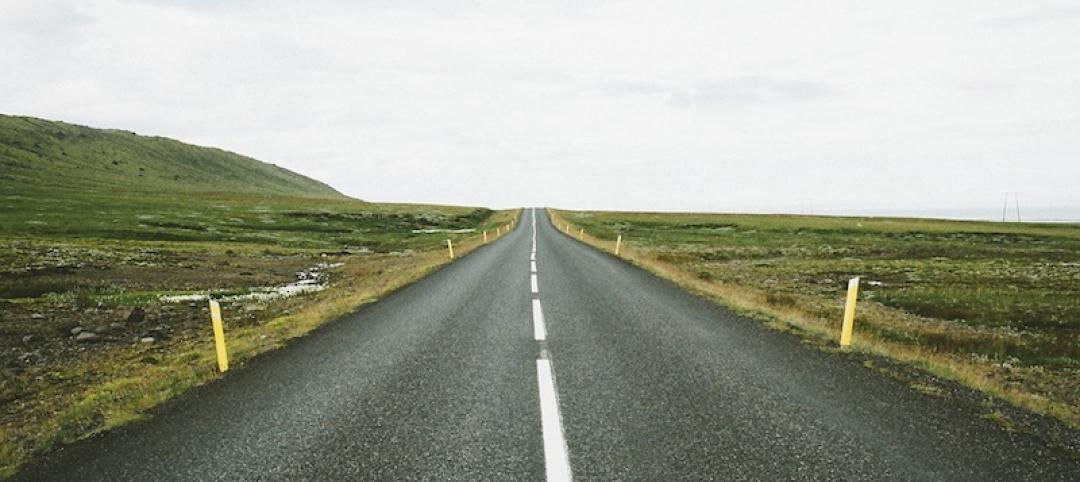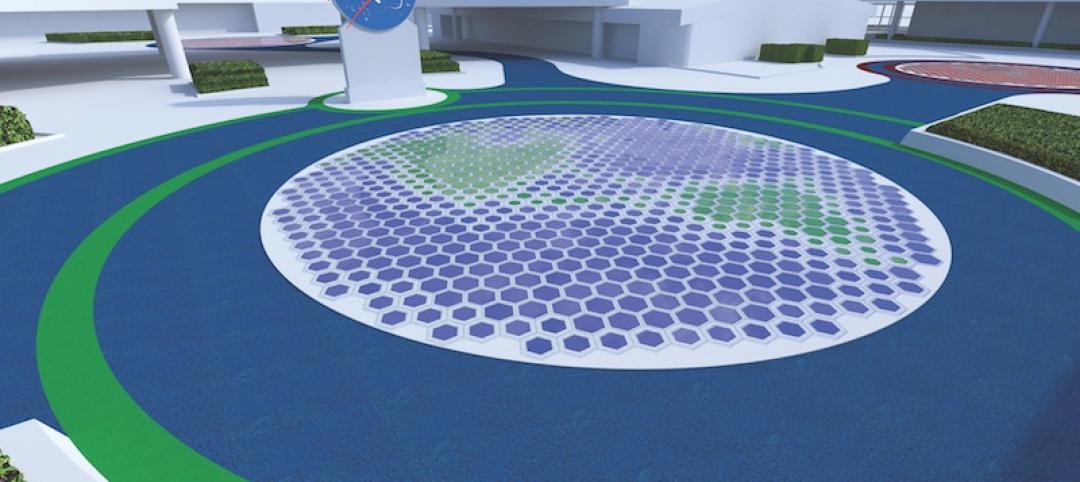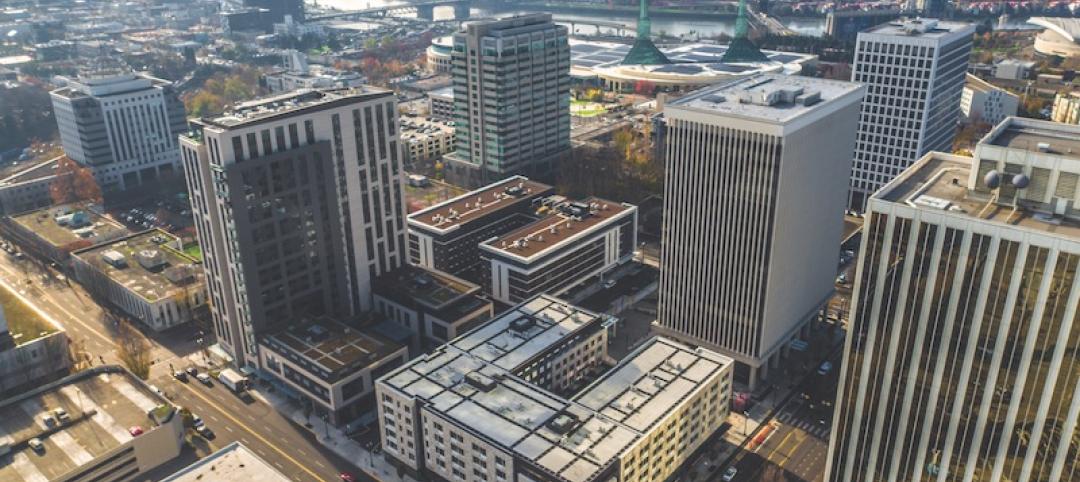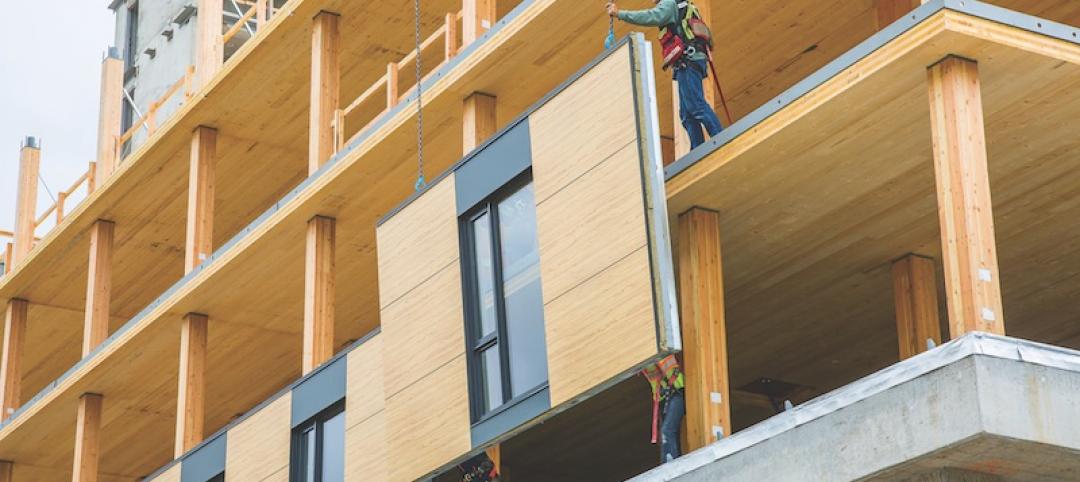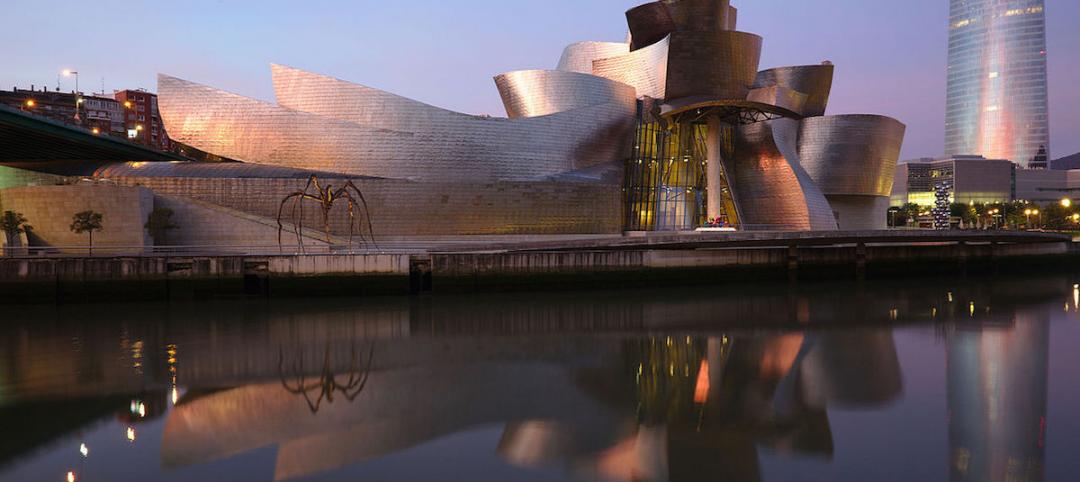Urban farms have been impacting cities’ agribusiness—and, on some cases, their redevelopment—for decades.
In Philadelphia, for example, the success of Greensgrow Farms—whose 6,000-sf flagship greenhouse celebrated its 20th anniversary in 2017, and whose three locations (which include a retail garden center and farmstand) draw 15,000 people per year—has spurred numerous competitors, and has helped gentrify its surrounding working-class neighborhoods.
Since 2011, Gotham Greens has operated a 15,000-sf enclosed rooftop greenhouse in the Greenpoint section of Brooklyn, N.Y., that produces over 100,000 lbs of leafy greens annually. The greenhouse is a tenant of the Greenpoint Manufacturing Design Center, a nonprofit developer dedicated to revitalizing Brooklyn’s industrial spaces for small-scale entrepreneurial manufacturing.
Gotham Greens also operates a 20,000-sf greenhouse in the Gowanus section of Brooklyn that grows over 200,000 lbs of greens, herbs, and tomatoes; a five-story, 60,000-sf greenhouse in the Hollis section of Queens, N.Y., that employs 50 full time workers and produces over 5 million heads of leafy greens; and a 75,000-sf greenhouse on two acres of Chicago’s south side that opened in 2015 and now produces 10 million heads of greens and herbs annually.
 MUFI is developing what it’s calling America’s first “Agrihood,” which will include the adaptive reuse of several buildings on its three-acre complex. A now-vacant, three-story apartment building that dates back to 1915 (pictured) is being converted into a 3,200-sf Community Resource Center. Catalyst Partners is supervising these rehab projects for MUFI, and Integrity Building Group is the AOE and CM. Other Building Team members include Ingalls Engineering Group (M/PE and net-zero energy consultant), IlluminArt Lighting, a division of Peter Basso (EE), Insite Design Studio (design and CE), Jeremy Ziegler (architect). Photo: Michelle and Chris Gerard
MUFI is developing what it’s calling America’s first “Agrihood,” which will include the adaptive reuse of several buildings on its three-acre complex. A now-vacant, three-story apartment building that dates back to 1915 (pictured) is being converted into a 3,200-sf Community Resource Center. Catalyst Partners is supervising these rehab projects for MUFI, and Integrity Building Group is the AOE and CM. Other Building Team members include Ingalls Engineering Group (M/PE and net-zero energy consultant), IlluminArt Lighting, a division of Peter Basso (EE), Insite Design Studio (design and CE), Jeremy Ziegler (architect). Photo: Michelle and Chris Gerard
Several urban farms operate in Detroit, including the six-year-old Michigan Urban Farm Initiative (MUFI), which grows 300 varieties of vegetables on two acres in the Motor City’s North End. Since 2012, MUFI has produced more than 50,000 lbs of produce, which it distributes free to 2,000 households within two square miles of the farm.
In November, during the Greenbuild Expo, MUFI announced its plans to develop what it’s calling the first sustainable “Agrihood” in the U.S., as an alternative neighborhood growth model.
Working with such high-profile partners and sponsors as BASF, Herman Miller, and General Motors, MUFI is converting a vacant 102-year-old three-story apartment building across from its urban garden into a 3,200-sf Community Resource Center. The Center will include two commercial kitchens on the first floor and allow for future production and packaging of valued goods.
On land next to the CRC, MUFI intends to open a healthy food café. It also plans to convert an existing single-family home on the farm’s premises to housing for the farm’s interns. The foundation of another single-family home has been fortified to support a two-bedroom home made from a shipping container. And the basement of a recently fire-damaged and deconstructed home on the farm’s border is being converted into a 12,000-gallon rainwater harvesting cistern that will be used to irrigate the farm and prevent runoff into Detroit’s sewer system.
Integrity Building Group is AOR and provides architecture services and construction for the farm. One of MUFI’s partners, Sustainable Brands, will debut the CRC and café at its conference in Detroit’s Cobo Arena next May.
“Cities are the future, but we can’t just rebuild the same inefficient buildings of the past,” says John Beeson, LEED AP BD+C, EBO+M, a project manager with Catalyst Partners in Grand Rapids, Mich., which is supervising these reconstructions for MUFI. “The question we’re trying to answer is whether we can do urban infill better.”
Tyson Gersh, MUFI’s cofounder, says that while urban redevelopment “was not on our radar screen at first,” it has become a priority, partly for political reasons, but also because “it’s hard for an urban farm to justify itself on its own.”
Gersh observed “quite a few people” who were buying blighted homes around the farm. (He’s identified at least $3.5 million in purchases so far.) Several of those new owners told Gerson they wouldn’t have heard of this neighborhood were it not for the farm.
MUFI is now working with several developers—including The Platform, Basco, Terranova Development, and South Oakland Shelter—on another residential project that would be two blocks from the farm.
 Photo: Michelle and Chris Gerard
Photo: Michelle and Chris Gerard
Related Stories
Game Changers | Jan 16, 2018
Shape shifters: Kinetic architecture allows buildings to perform beyond their intended purpose
Kinetic architecture can bring practical and aesthetic value to an already ambitious project.
Game Changers | Jan 15, 2018
Innovation studio sparks AEC startups
Autodesk’s BUILD Space gives AEC firms and research teams free use of a robust collection of fabrication equipment and software expertise.
Game Changers | Jan 12, 2018
‘Kit of parts’ anchors university’s remake
Sasaki designs interchangeable spaces to support a major educational shift at Mexico’s largest university system.
Mixed-Use | Aug 30, 2017
A 50-acre waterfront redevelopment gets under way in Tampa
Nine architects, three interior designers, and nine contractors are involved in this $3 billion project.
Projects | Jan 25, 2017
Trump prioritizes infrastructure projects, as rebuilding America is now a hot political potato
Both parties are talking about $1 trillion in spending over the next decade. How projects will be funded, though, remains unresolved.
Game Changers | Jan 19, 2017
Piezoelectric hits the road
GTRI recently got the OK from the Georgia Department of Transportation to test embedded PZ material supplied by Tencate in a stretch of road and rest stop surfaces at West Point, Ga.
Game Changers | Jan 18, 2017
Turning friction into power
Research on piezoelectricity moves closer to practical applications for infrastructure and buildings.
Game Changers | Jan 13, 2017
Building from the neighborhood up
EcoDistricts is helping cities visualize a bigger picture that connects their communities.
Game Changers | Jan 12, 2017
Mass timber: From 'What the heck is that?' to 'Wow!'
The idea of using mass timber for tall buildings keeps gaining converts.
Game Changers | Feb 5, 2016
TIMELINE: 52 game-changing buildings through the years
From the E.V. Haughwout Building (first passenger elevator) to the Sackett-Wilhelms printing plant (first building with modern AC), BD+C editors present a timeline of the pacesetting projects from the past 170 years.


